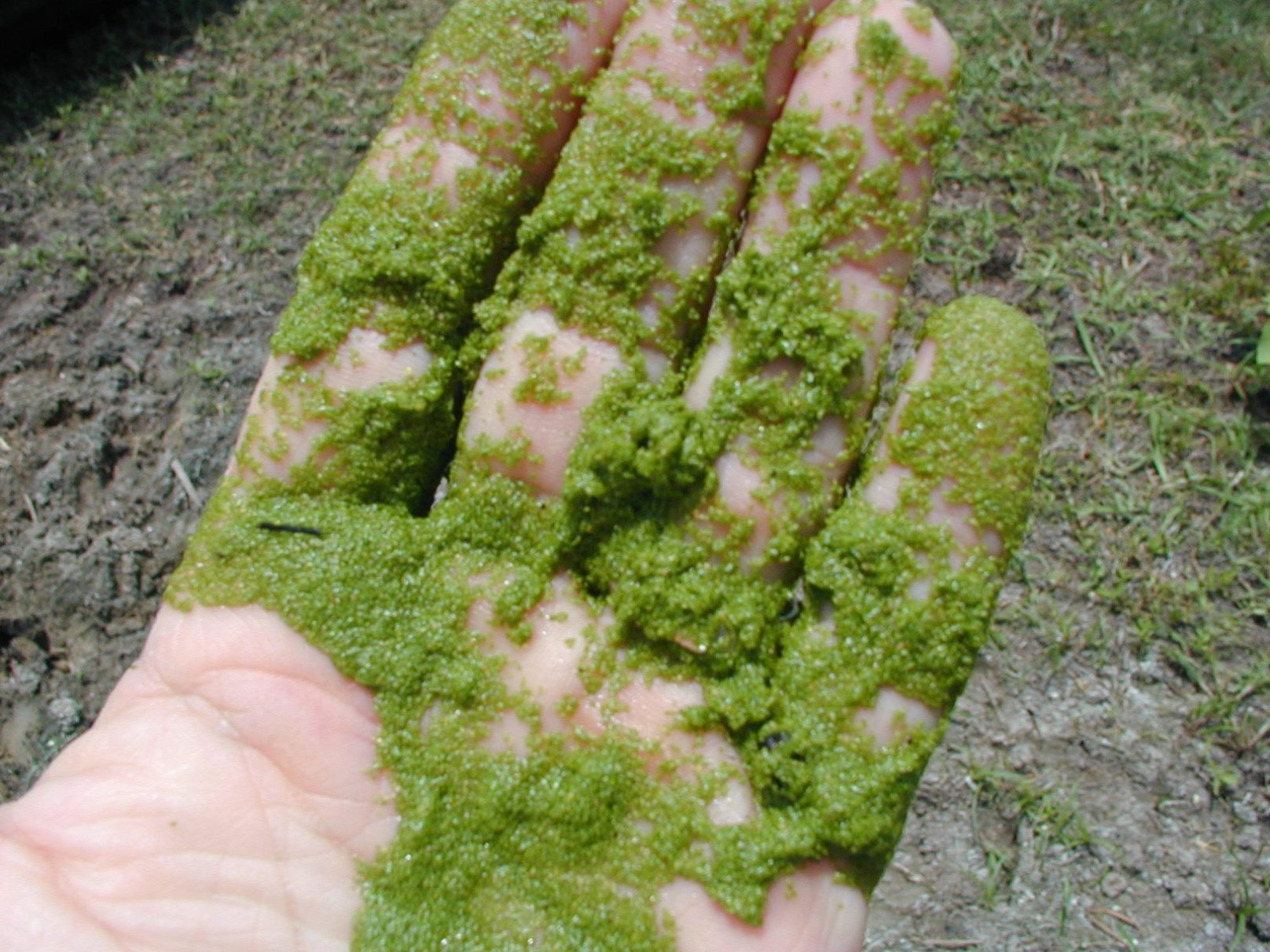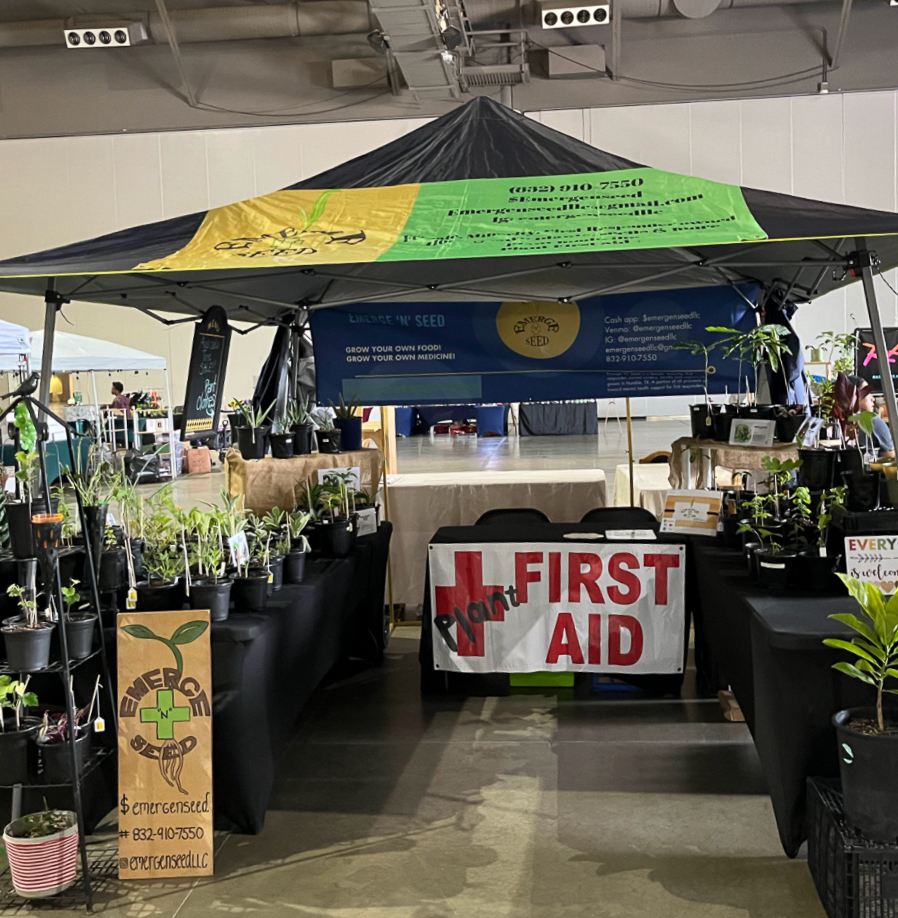
Can Algae Save the World — Again?

Can algae save the world again? The microscopic green plants cleaned up the earth’s atmosphere millions of years ago and scientists hope they can do it now by helping remove greenhouse gases and create new oil reserves.
In the distant past, algae helped turn the earth’s then inhospitable atmosphere into one that could support modern life through photosynthesis, which plants use to turn carbon dioxide and sunlight into sugars and oxygen.
Some of the algae sank to sea or lake beds and slowly became oil. “Nature has done this many millions of years ago in producing the crude oil we’re burning today. So as far as nature is concerned this is nothing new,” says Rigs Eckelberry, CEO of OriginOil, Inc. – a pure play technology company looking to license its algae-to-oil technologies.
The race is now on to find economic ways to turn algae, one of the planet’s oldest life forms, into vegetable oil that can be made into biodiesel, jet fuel, other fuels and plastic products.
“So we are harvesting sunshine directly using algae, then we are extracting that stored energy in the form of oil from the alga and then using that to make fuels and other non-petroleum based products,”
OriginOil, Inc. (OOIL.OB), the developer of breakthrough technology to transform algae, the most promising source of renewable oil, into a true competitor to petroleum, today announced it has received the first commercial order to deploy its algae oil extraction system in an industrial setting.
MBD Energy (MBD) recently committed to purchase an initial OriginOil extraction unit for piloting at one of Australia’s three largest coal-fired power plants.
The proof of concept phase on a one-hectare site, scheduled for later this year, will use concentrated CO2 emissions to produce oil-rich algae in MBD’s proprietary growth membranes. OriginOil’s unique extraction technology will be used to harvest the algae oil and biomass.
“This first extraction system will support early testing at the Tarong site,” said Riggs Eckelberry, CEO of OriginOil. “A much larger unit is intended to replace it later this year to process up to 300 gallons per minute (300 gpm) of algae culture for the one-hectare pilot site, at which point the first unit will be deployed at the next power station pilot site, and so on.”
Today, our technology will produce “new oil” from algae, through a cost-effective, high-speed manufacturing process. This endless supply of new oil can be used for many products, such as diesel, gasoline, jet fuel, plastics and solvents, without the global warming effects of petroleum. Other oil-producing feedstock, such as corn and sugarcane, often destroy vital farmlands and rainforests, disrupt global food supplies and create new environmental problems. Their unique technology, based on algae, is targeted at fundamentally changing our source of oil without disrupting the environment or food supplies.
OriginOil researchers under the leadership of Dr. Brian Goodall, just built a pared-down version of the company’s Hydrogen Harvester™ This is a breakthrough sine they learned while making algae they can tap it for producing hydrogen from the power of the sun without using additional energy to capture the hydrogen. The sun beams on the algae and at the same time taking that energy and percolating it out as hydrogen.
In 2010 OriginOil debuted MAX ONE, a mobile algae extraction laboratory, with the intention of educating consumers about the process of extracting oil from algae in a way that’s easy to understand – it was recently sent out with lab engineers to New Mexico on their first field test.
In October 2010 OriginOil announced the company’s first official customer, MBD Energy, one of the leading Carbon Capture and Recycling (CCR) providers in Australia.
In 2009 OriginOil secured several partnership agreements with industry powerhouses such as a global partnership agreement with Desmet Ballestra – the largest fats and oil producer in the world as their first partner
In 2009 OriginOil announced the completion of Phase 1 of a Cooperative Research and Development Agreement (CRADA) with the U.S. Department of Energy (Idaho National Lab).
OriginOil worked on developing a way to “fool” algae into thinking that it is within its natural environment, when in fact it really is inside a “Helix BioReactor”.
This BioReactor has different-colored light beams that emulate the sun. CO2 and minerals are then added to the mixture, along with water (and yes, it can be dirty – the oil production process inherently purifies the water too, which opens up a whole new way to make drinkable water), and within minutes, the algae separates itself, thus creating oil.


















